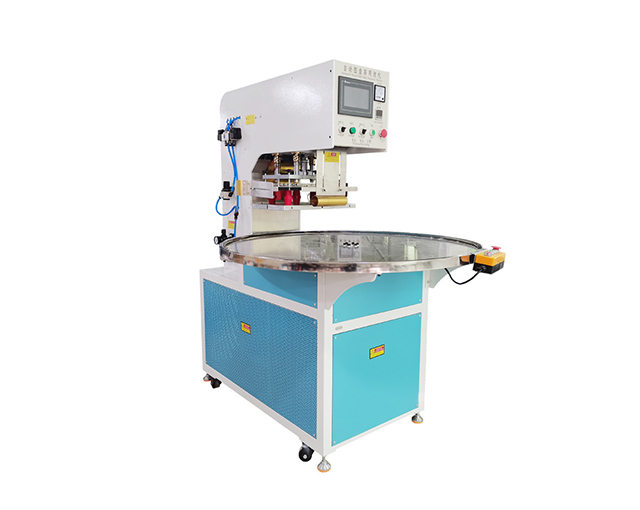Time:2025-08-21 Views:1 source:News

When comparing embossing machines, technical parameters are crucial in determining the most suitable device for a particular application. These parameters can vary significantly depending on the type of embossing machine, its intended use, and the industry it serves.
One of the primary parameters is embossing force. This is the amount of pressure exerted on the material to create the embossed pattern. Hydraulic embossing presses, for example, can offer a wide range of embossing forces, from a few tons to several thousand tons. In industrial applications like metal embossing for automotive parts or large - scale decorative sheet work, high - tonnage machines (e.g., 300 - 15,000 tons as seen in some hydraulic embossing presses) are required to achieve deep and complex embossing patterns on thick or tough materials. In contrast, paper embossing machines typically require much lower embossing forces, usually in the range where the pressure is measured in a few bars or a relatively small number of kilonewtons.
Embossing speed is another critical parameter. For high - volume production environments, such as in the manufacturing of packaging materials or mass - produced decorative items, a fast - speed embossing machine is essential. Some paper embossing machines can operate at speeds of up to 60 m/min or even higher, allowing for rapid processing of large quantities of paper. However, for more intricate or delicate embossing work, such as on thin foils or fine - detailed leather products, a slower speed may be preferred to ensure precision and avoid damaging the material.
The maximum embossing width also varies widely among different embossing machines. Wide - format embossing machines are used in applications like large - scale wallpaper production or industrial fabric embossing. They can have embossing widths of over 1 meter, sometimes reaching up to 2 - 3 meters in specialized cases. On the other hand, small - scale or desktop embossing machines, often used for handicrafts or small - batch printing jobs, may have a maximum embossing width of only a few centimeters to a couple of hundred millimeters.
The material thickness that an embossing machine can handle is also a key parameter. Industrial embossing machines designed for metal or thick plastic materials need to be robust enough to process materials with significant thickness, sometimes several millimeters. In the paper and textile industries, machines are calibrated to work with materials within a specific thickness range, such as paper weights from 30 - 400 gsm in paper embossing machines.
In addition, parameters related to the machine's precision, such as the ability to maintain a consistent embossing depth across the width of the material or the accuracy of pattern replication, are important for applications where high - quality embossing results are required. By carefully comparing these technical parameters, users can select an embossing machine that best meets the demands of their specific embossing tasks, whether it's for mass - production, artistic work, or specialized industrial applications.
Read recommendations:
Full Automatic high radio frequency welding machine plastic blister package welder
Automatic ostomy bag production line
Complete control over products allows us to ensure our customers receive the best qualityprices and service. We take great pride in everything that we do in our factory.
